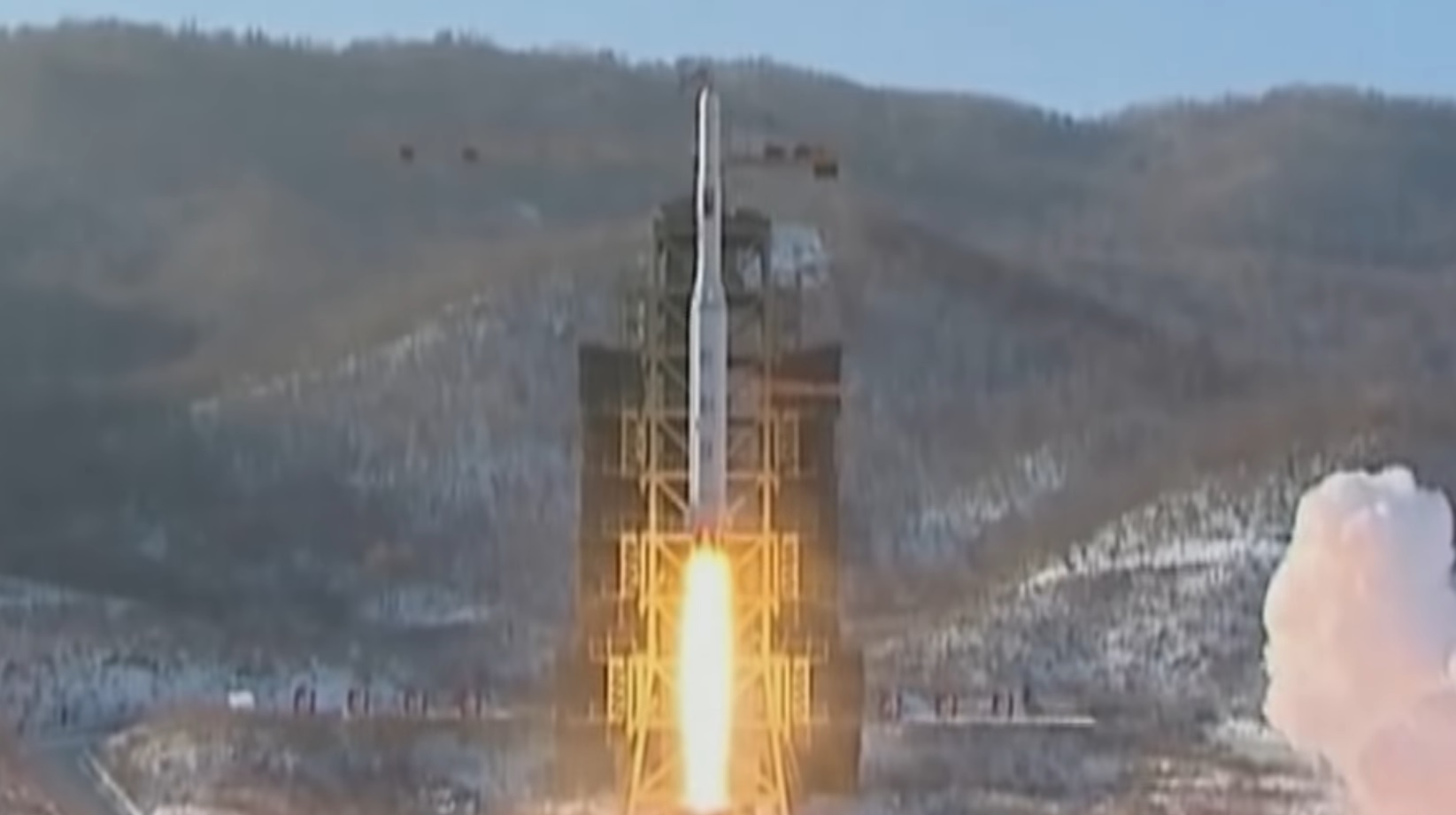The Pinwheel Galaxy, also known as M101, is a spiral galaxy just 21 million light years away. It’s a popular galaxy for photographs because it’s oriented to us face-on. This means you can see the bright whorled spirals and dark cloud regions, even in amateur photographs. Since it’s relatively close and bright, you can get a good view of it, even with a small telescope. It also happens to have a supernova at the moment.
Continue reading “There's a New Supernova in a Familiar Galaxy. You Can See it in a Small Telescope”A New Place to Search for Habitable Planets: “The Soot Line.”
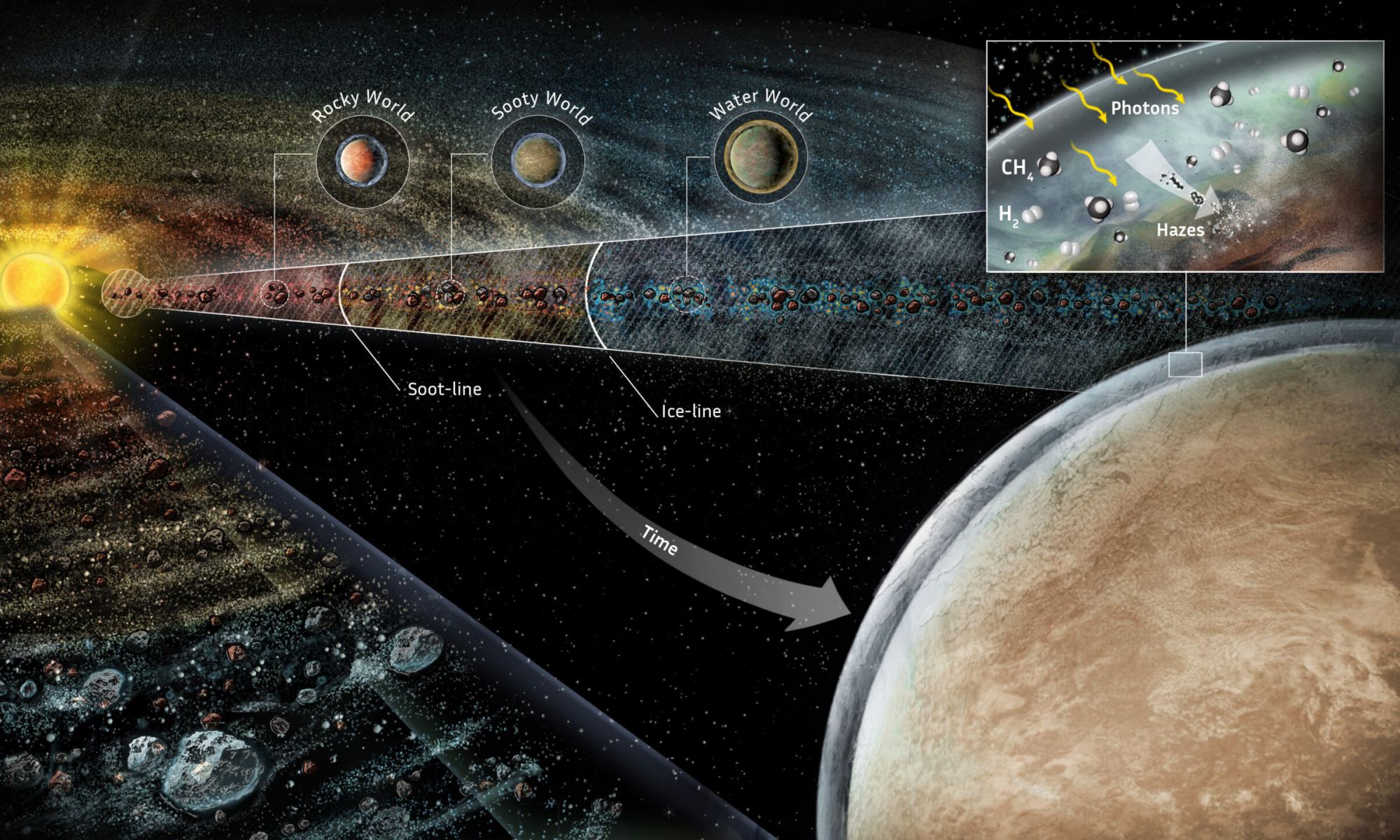
The habitable zone is the region around a star where planets can maintain liquid water on their surface. It’s axiomatic that planets with liquid water are the best places to look for life, and astronomers focus their search on that zone. As far as we can tell, no water equals no life.
But new research suggests another delineation in solar systems that could influence habitability: The Soot Line.
Continue reading “A New Place to Search for Habitable Planets: “The Soot Line.””North Korea May Launch Spy Satellite Soon
Enigmatic North Korea may attempt to put a satellite in orbit, as early as this week.
Update: May 31st – Alas, it was not meant to be. While North Korea’s latest satellite launched last night on the first day of the launch window at 21:29 Universal Time (UT), the rocket seems to have experienced an anomaly on the second stage, and the now posthumously named ‘Cheollima-1’ rocket with the ‘Malligyong-1’ (‘grand view’ (?) in Korean) satellite splashed down in the Sea of Korea. This trajectory would seem to indicate that the mission was indeed aiming for a sun-synchronous orbit.
Satellite spotters worldwide may have a new clandestine target to hunt for in orbit soon. The North Korean government announced possible plans this week to field another satellite into orbit by mid-June. This comes after a public visit by leader Kim Jong Un and his daughter Kim Ju-Ae to a DPRK National Aerospace Development Administration (NADA) aerospace facility earlier this month. Kim “approved the future action plan of the preparatory committee,” according the Korean Central News Agency, and said that the satellite was “an urgent requirement of the prevailing security environment of the country.”
Continue reading “North Korea May Launch Spy Satellite Soon”Amazing Views From ESA’s New MeteoSat Weather Satellite
The European Space Agency’s latest third generation Meteosat-I 1 weather satellite shows its stuff, with more to come.
You’ve never seen the Earth and its complex weather systems like this. The European Space Agency (ESA) recently unveiled views from their latest weather satellite in geostationary (GEO) orbit, Meteosat Third Generation Imager-1 (MTG-I 1).
Continue reading “Amazing Views From ESA’s New MeteoSat Weather Satellite”Chandra and JWST Join Forces in a Stunning Series of Images
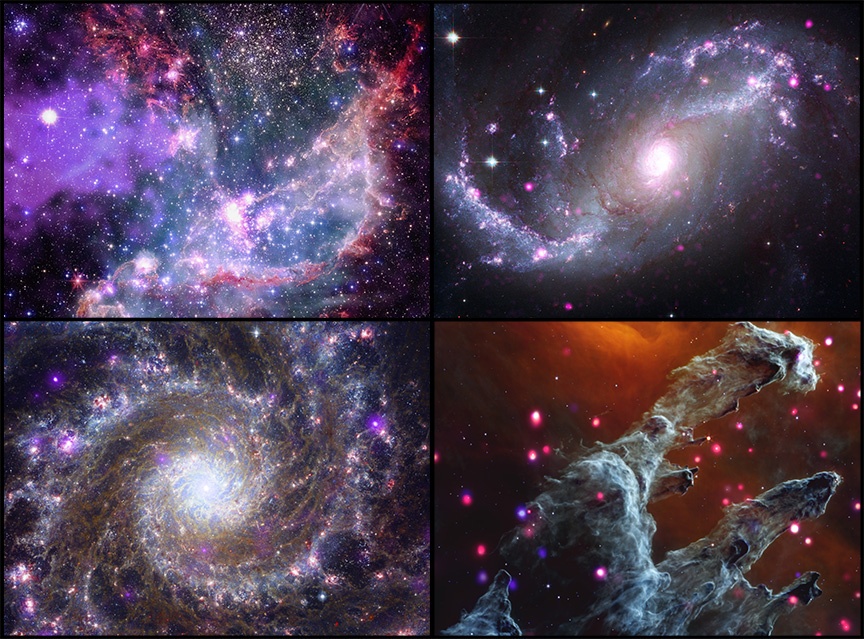
New images that combine data from NASA’s Chandra X-ray Observatory and the James Webb Space Telescope (JWST) JWST have just been released! The images feature four iconic astronomical objects, showcasing the capabilities of these observatories by combining light in the visible, infrared, and X-ray wavelengths. These include the NGC 346 star cluster located in the Small Magellanic Cloud (SMC), the NGC 1672 spiral galaxy, the Eagle Nebula (Messier 16, or M16), and the spiral galaxy Messier 74 (aka. the Phantom Galaxy).
These objects were made famous by the venerable Hubble Space Telescope, which took pictures of them between 1995 and 2005. Since it commenced operations, the JWST has conducted follow-up observations that provided a sharper view of these objects that captured additional features. Hubble and the JWST even teamed up to provide a multi-wavelength view of the Phantom Galaxy last year. By adding Chandra’s famed X-ray imaging capabilities to Webb’s sensitivity and infrared light, these latest images provide a new glimpse of these objects, revealing both faint and more energetic and powerful features.
Continue reading “Chandra and JWST Join Forces in a Stunning Series of Images”Where Are the Missing Black Holes? The Hubble May Have Helped Find One
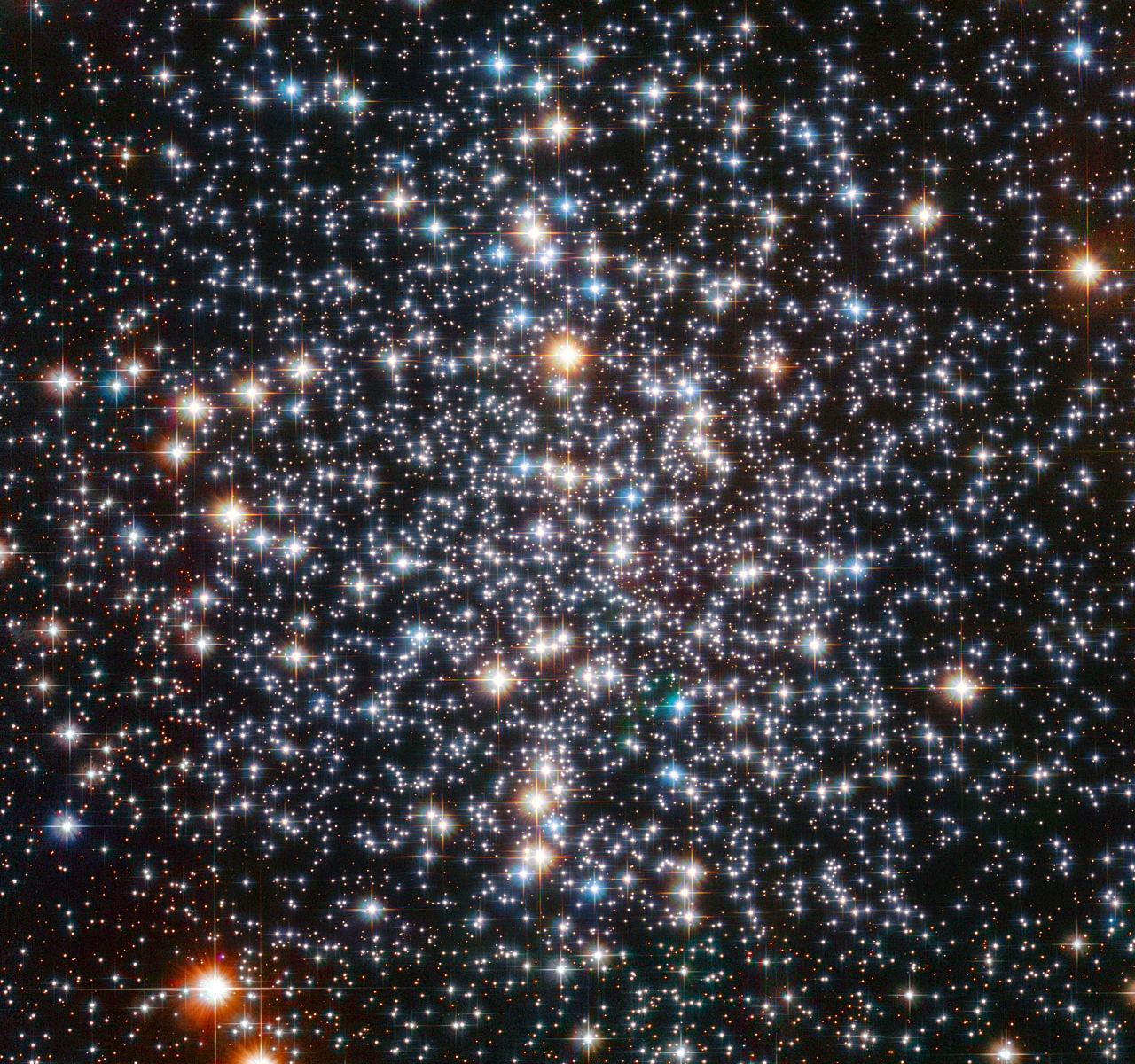
Most black holes are stellar mass black holes. They’re created when a star several times more massive than our Sun reaches the end and collapses in on itself. There are also supermassive black holes (SMBH,) the behemoths at the center of galaxies that can boast billions of times more mass than the Sun.
But where are the intermediate-mass black holes?
Continue reading “Where Are the Missing Black Holes? The Hubble May Have Helped Find One”eROSITA Sees Changes in the Most Powerful Quasar
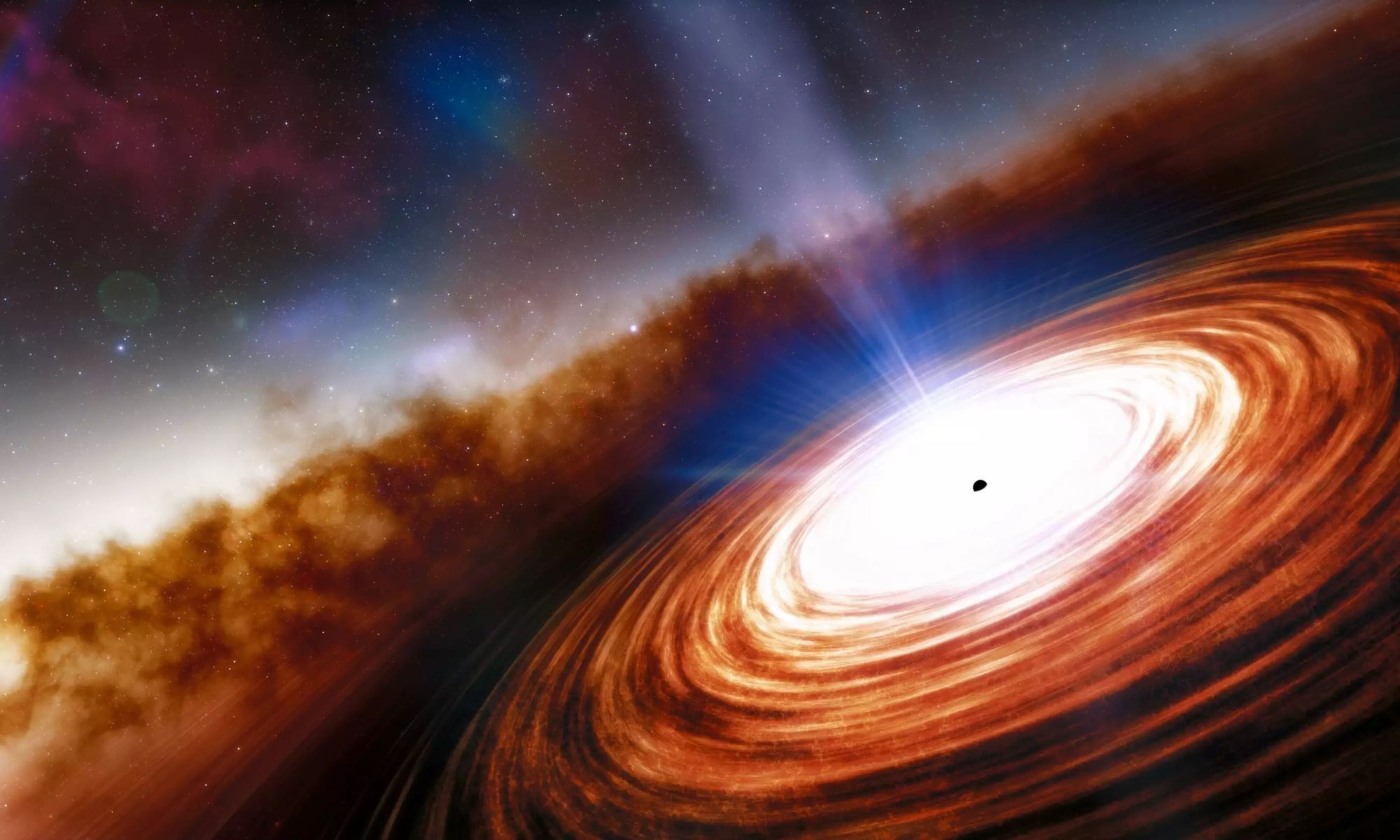
After almost seventy years of study, astronomers are still fascinated by active galactic nuclei (AGN), otherwise known as quasi-stellar objects (or “quasars.”) These are the result of supermassive black holes (SMBHs) at the center of massive galaxies, which cause gas and dust to fall in around them and form accretion disks. The material in these disks is accelerated to close to the speed of light, causing it to release tremendous amounts of radiation in the visible, radio, infrared, ultraviolet, gamma-ray, and X-ray wavelengths. In fact, quasars are so bright that they temporarily outshine every star in their host galaxy’s disk combined.
The brightest quasar observed to date, 100,000 billion times as luminous as our Sun, is known as SMSS J114447.77-430859.3 (J1144). This AGN is hosted by a galaxy located roughly 9.6 billion light years from Earth between the constellations Centaurus and Hydra. Using data from the eROSITA All Sky Survey and other space telescopes, an international team of astronomers conducted the first X-ray observations of J1144. This data allowed the team to investigate prevailing theories about AGNs that could provide new insight into the inner workings of quasars and how they affect their host galaxies.
Continue reading “eROSITA Sees Changes in the Most Powerful Quasar”Juno Reveals Volcanoes on Io
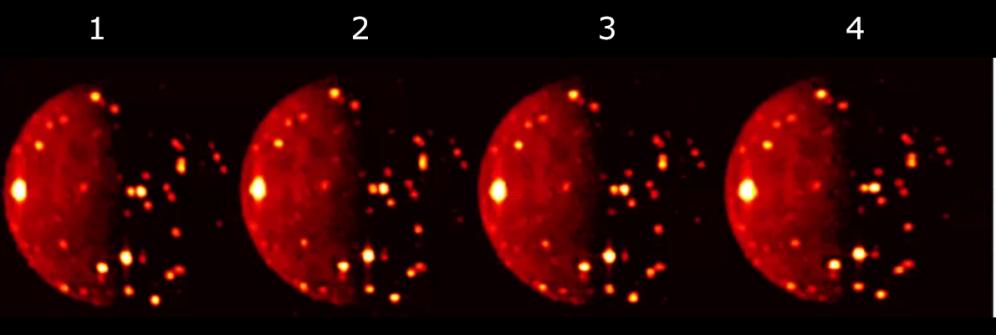
Jupiter’s moon Io is the most volcanic world in the Solar System, with over 400 volcanoes. Some of them eject plumes as high as 500 km (300 mi) above the surface. Its surface is almost entirely shaped by all this volcanic activity, with large regions covered by silicates, sulphur, and sulphur dioxide brought up from the moon’s interior. The intense volcanic activity has created over 100 mountains, and some of them are taller than Mt. Everest.
Io is unique in the Solar System, and the Juno orbiter’s JunoCam captured some new images of Io’s abundant volcanic activity.
Continue reading “Juno Reveals Volcanoes on Io”There's So Much Going on in This Star-Forming Nebula
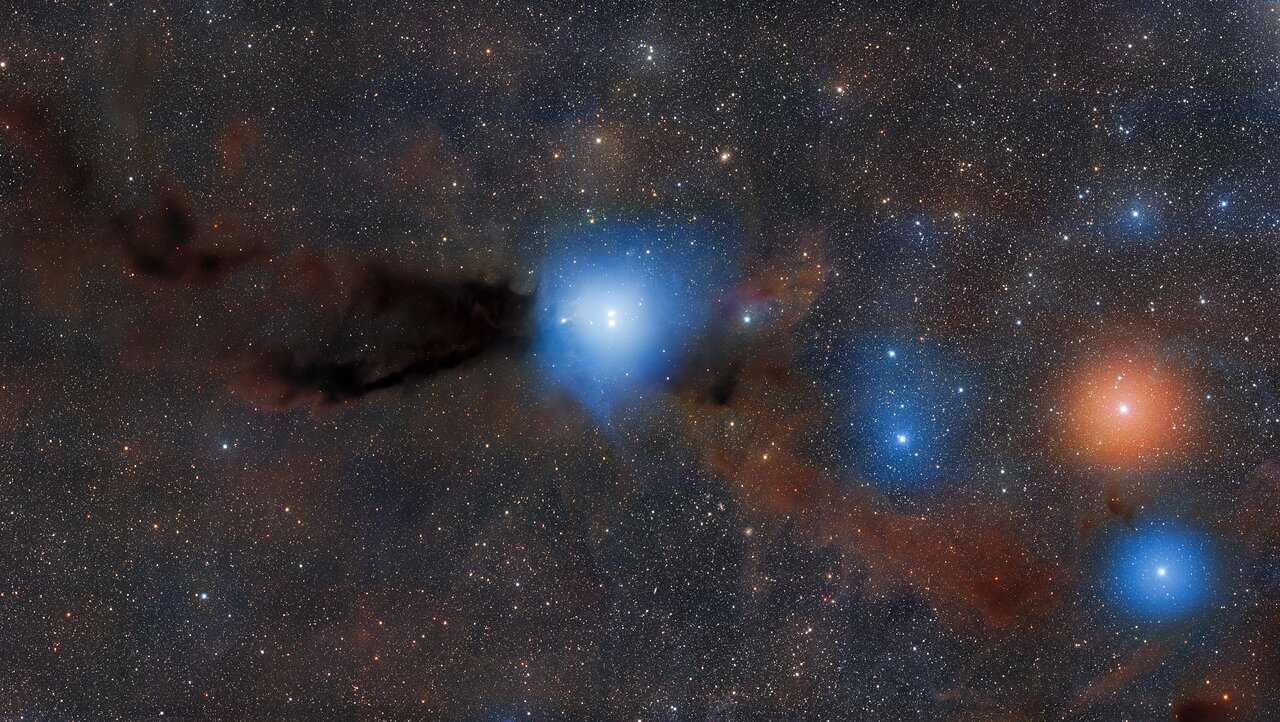
There are some astronomical images that capture rapturous beauty, with their brilliant colors and interplay of shadow and light. A beautiful image can be enough to stir the soul, but in astronomy they often also have a story to tell. An example of this can be seen in a recent image released by NSF’s NOIRLab.
Continue reading “There's So Much Going on in This Star-Forming Nebula”Remember Those Impossibly Massive Galaxies? They May Be Even More Massive

The James Webb Space Telescope (JWST) was designed to probe the mysteries of the Universe, not the least of which is what the first galaxies looked like. These galaxies formed during the Epoch of Reionization (aka. “Cosmic Dawn”), which lasted from about 100 to 500 million years after the Big Bang. By observing these galaxies and comparing them to ones that see closer to our own today, astronomers hope to test the laws of physics on the grandest of scales and what role (if any) Dark Matter and Dark Energy have played.
Unfortunately, early into its campaign, the JWST detected galaxies from this period so massive that they were inconsistent with our understanding of how the Universe formed. The most widely-accepted theory for how this all fits together is known as the Lambda Cold Dark Matter (LCDM) cosmological model, which best describes the structure and evolution of the Universe. According to the latest results from the Cosmic Dawn Center, these galaxies may be even more massive than previously thought, further challenging our understanding of the cosmos.
Continue reading “Remember Those Impossibly Massive Galaxies? They May Be Even More Massive”

